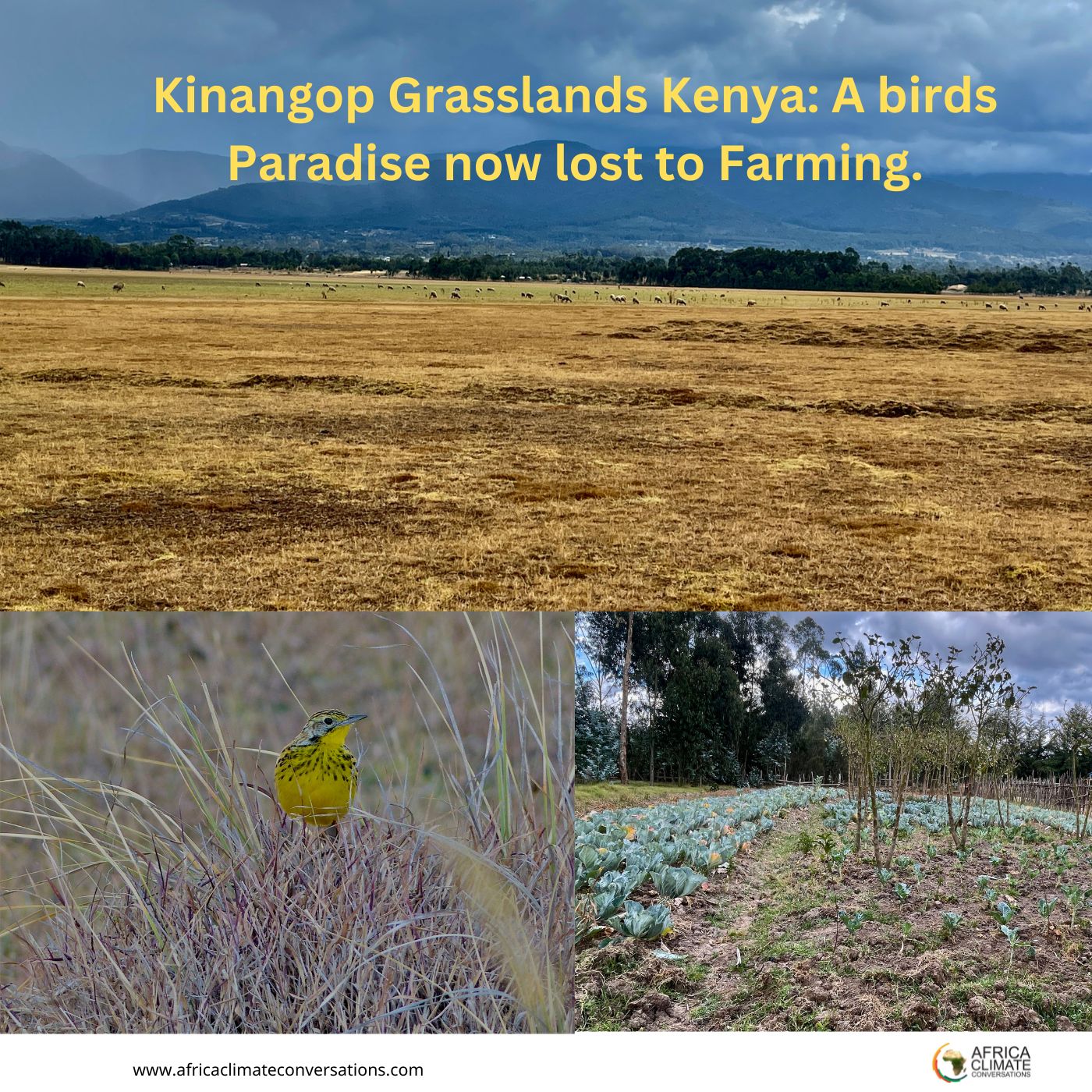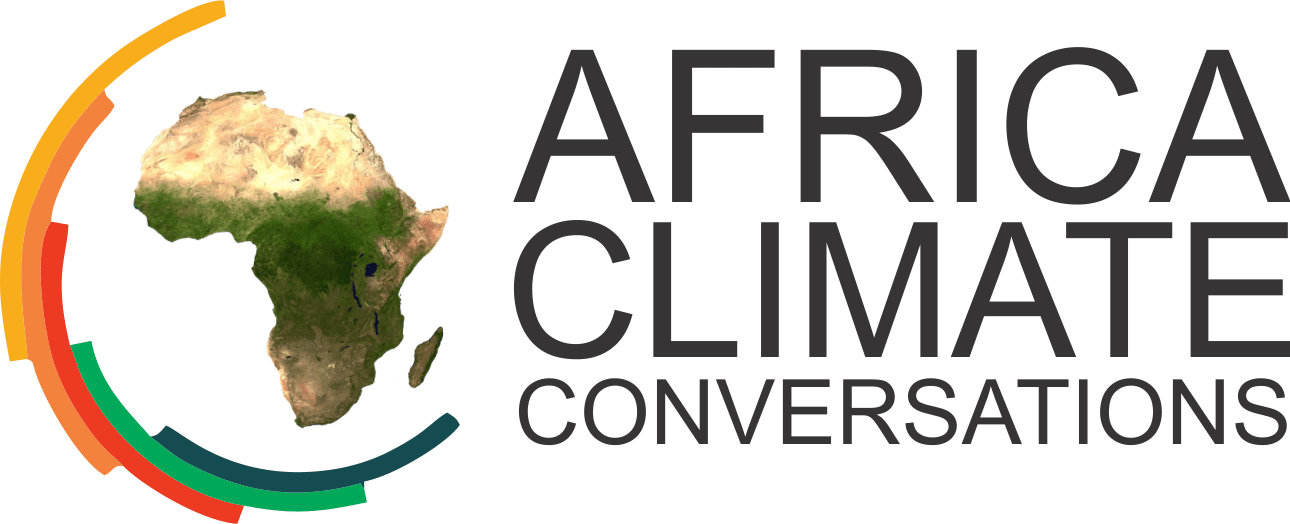
Njambini Kenya: The Kinangop Plateau is located about an hour and a half’s drive from Nairobi, Kenya’s capital city. It is located in the midst of the catchment region between the Aberdares/Nyandarua mountain range and Lake Naivasha. The grassland was originally 70 000 hectares of treeless tussocky grasses, bogs, and marshlands. Today, only around 10% of the grassland survives. The renovated area is currently a major supplier of cabbages, potatoes, and carrots consumed in Nairobi, Naivasha, and Gilgil Town.
Why is wool spinning causing an increase in birds and money in Kenya?
To rid the land of the water-logged marshes and bogs, eucalyptus, pine, and cyprus trees were planted. As a result, during the Horn of Africa’s longest drought, tributaries and rivers flowing into Lake Naivasha lost more than 80% of their water. What was the significance of these grasslands? Why is land use change endangering the Sharpe’s Long Claw’s habitat and survival? Can they be rehabilitated to near-original states in the face of rising food demand and temperatures?
